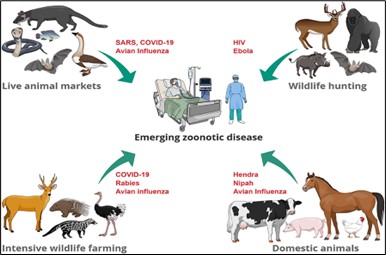India's drug regulator could soon approve the weight-loss drug tirzepatide.
Glucagon-like peptide 1 (GLP-1) is a hormone most commonly known for stimulating insulin release following meal consumption.
|
Feature |
Semaglutide |
Tirzepatide |
|
Drug Class |
Glucagon-like-peptide 1 (GLP-1) receptor agonist |
Dual GIP and GLP-1 receptor agonist |
|
Brand Names |
Ozempic, Rybelsus, Wegovy |
Mounjaro |
|
Indications |
Type 2 diabetes, chronic weight management |
Type 2 diabetes, potentially for weight loss |
|
Mechanism of Action |
Mimics GLP-1 to increase insulin secretion, decrease glucagon release, and slow gastric emptying |
Activates both GIP and GLP-1 receptors to enhance insulin secretion, inhibit glucagon release, and slow gastric emptying |
|
Efficacy in HbA1c Reduction |
Reduces HbA1c by approximately 1.0-1.5% |
Reduces HbA1c by approximately 1.5-2.0% |
|
Weight Loss |
Significant weight loss observed (up to 15% body weight in trials for Wegovy) |
Significant weight loss, potentially greater than Semaglutide (up to 22.5% in trials) |
|
Side Effects |
Nausea, vomiting, diarrhea, constipation, potential risk of thyroid C-cell tumors |
Similar to Semaglutide: nausea, vomiting, diarrhea, potential risk of thyroid C-cell tumors, injection site reactions |
|
Cardiovascular Benefits |
Shown to reduce major cardiovascular events in patients with type 2 diabetes and cardiovascular disease |
Shown to reduce major cardiovascular events in patients with type 2 diabetes (ongoing studies to further validate) |
|
Approval Status |
FDA approved for type 2 diabetes and chronic weight management |
FDA approved for type 2 diabetes (weight management indications under investigation) |
References
SEBI's recent consultative paper recommends that asset management companies (AMCs) disclose their funds' information ratio (IR) to highlight risk-adjusted returns.
References
United Nations Environment Programme (UNEP) has issued a stark warning about emerging zoonotic diseases that may trigger another pandemic by 2030.

References
A report recently released shows that the ECLG scheme extended liquidity support of over ₹3.68-lakh crore to 1.19 crore businesses in just a 3-year tenure between May 2020 and March 2023.
Reference
The Hindu Business line | Credit to ECLGS
Recently, the Bengaluru bench of the National Company Law Tribunal (NCLT) admitted BCCI’s petition seeking insolvency proceedings against ed-tech giant Byjus.
Reference